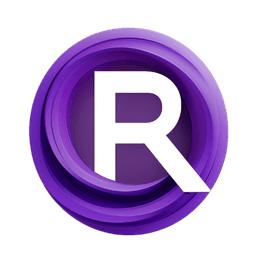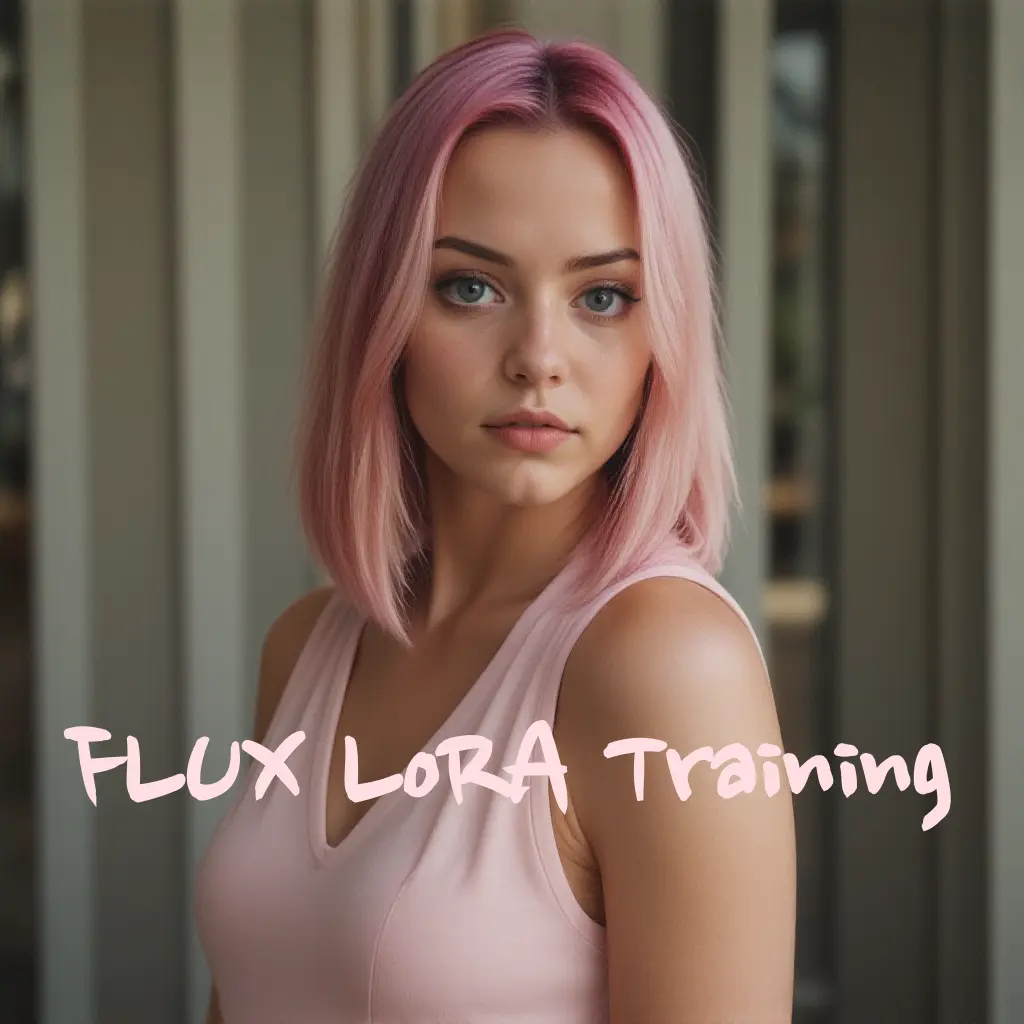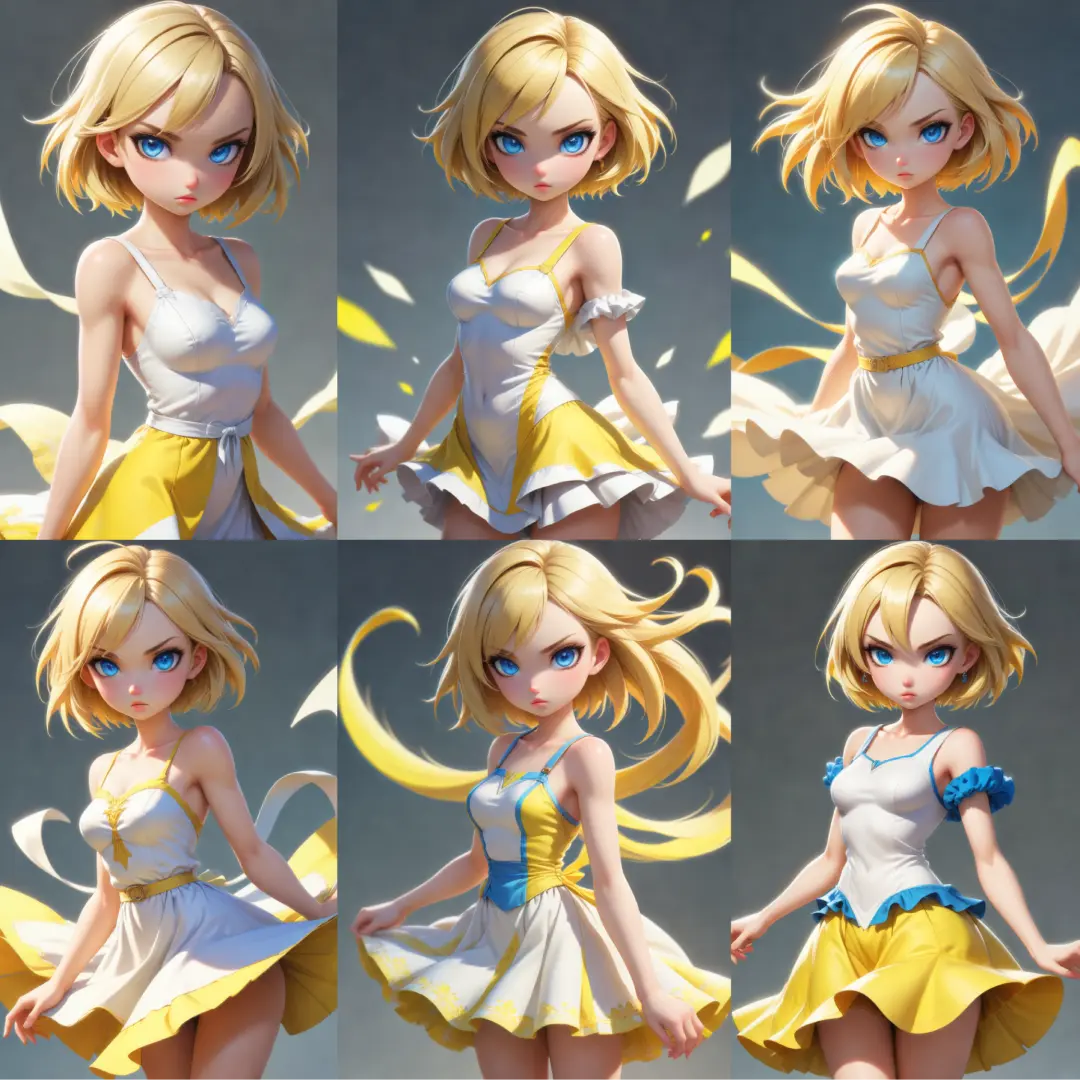ComfyUI Node: (deforum) Noise Parameters
DeforumNoiseParamsNode
Categorydeforum/parameters
deforum (Account age: 2890days) Extension
Deforum Nodes Latest Updated
2025-02-11 Github Stars
0.19K
How to Install Deforum Nodes
Install this extension via the ComfyUI Manager by searching for Deforum Nodes- 1. Click the Manager button in the main menu
- 2. Select Custom Nodes Manager button
- 3. Enter Deforum Nodes in the search bar
Visit ComfyUI Online for ready-to-use ComfyUI environment
- Free trial available
- 16GB VRAM to 80GB VRAM GPU machines
- 400+ preloaded models/nodes
- Freedom to upload custom models/nodes
- 200+ ready-to-run workflows
- 100% private workspace with up to 200GB storage
- Dedicated Support
(deforum) Noise Parameters Description
Add advanced noise to images for texture and complexity, with control over various noise algorithms and parameters for artistic effects.
(deforum) Noise Parameters:
The DeforumNoiseParamsNode is designed to add various types of advanced noise to images, enhancing their texture and visual complexity. This node is particularly useful for AI artists looking to introduce controlled randomness and intricate patterns into their artwork. By leveraging different noise algorithms such as wavelet, value, flow, turbulence, ridged multifractal, reaction-diffusion, voronoi, and simplex, you can achieve a wide range of artistic effects. The node provides a comprehensive set of parameters that allow you to fine-tune the noise characteristics, ensuring that the generated noise aligns perfectly with your creative vision. Whether you are aiming for subtle texture enhancements or dramatic visual transformations, the DeforumNoiseParamsNode offers the flexibility and control needed to achieve your desired outcomes.
(deforum) Noise Parameters Input Parameters:
images
This parameter accepts the input images to which the noise will be applied. The images should be in a compatible format that the node can process.
noise_type
Specifies the type of noise to be added to the images. Options include wavelet, value, flow, turbulence, ridged_multifractal, reaction_diffusion, voronoi, and simplex. Each noise type has unique characteristics and can be used to achieve different visual effects.
amount
Controls the intensity of the noise applied to the images. The value ranges from 0.0 to 100.0, with a default of 0.1. Adjusting this parameter allows you to increase or decrease the prominence of the noise in the final output.
seed
An integer value used to initialize the random number generator for noise creation. This ensures reproducibility of the noise pattern. The value ranges from 0 to 2^32
- 1.
num_points
Specific to Voronoi noise, this parameter determines the number of points used to generate the Voronoi diagram. The value ranges from 10 to 1000, with a default of 100.
scale
Specific to Simplex noise, this parameter controls the scale of the noise pattern. The value ranges from 0.01 to 1.0, with a default of 0.1.
octaves
Specific to Simplex noise, this parameter defines the number of octaves used in the noise generation. The value ranges from 1 to 10, with a default of 1.
persistence
Specific to Simplex noise, this parameter affects the amplitude of each octave. The value ranges from 0.1 to 1.0, with a default of 0.5.
lacunarity
Specific to Simplex noise, this parameter controls the frequency of each octave. The value ranges from 1.0 to 3.0, with a default of 2.0.
wavelet
Specific to Wavelet noise, this parameter allows you to choose the wavelet type. Options include haar, db1, sym2, coif1, bior1.3, and rbio1.3.
mode
Specific to Wavelet noise, this parameter defines the mode of wavelet transformation. Options include symmetric, periodic, reflect, and zero-padding.
frequency
Specific to Gabor noise, this parameter controls the frequency of the sinusoidal wave. The value ranges from 0.01 to 1.0, with a default of 0.1.
theta
Specific to Gabor noise, this parameter sets the orientation of the sinusoidal wave. The value ranges from 0.0 to 2π, with a default of 0.0.
sigma_x
Specific to Gabor noise, this parameter controls the standard deviation of the Gaussian envelope in the x-direction. The value ranges from 1.0 to 50.0, with a default of 10.0.
sigma_y
Specific to Gabor noise, this parameter controls the standard deviation of the Gaussian envelope in the y-direction. The value ranges from 1.0 to 50.0, with a default of 10.0.
res
Specific to Value noise, this parameter sets the resolution of the noise grid. The value ranges from 4 to 64, with a default of 16.
flow_scale
Specific to Flow noise, this parameter controls the scale of the flow field. The value ranges from 0.01 to 1.0, with a default of 0.1.
flow_angle
Specific to Flow noise, this parameter sets the angle of the flow field. The value ranges from 0.0 to 2π, with a default of 0.0.
steps
Specific to Reaction-Diffusion noise, this parameter determines the number of simulation steps. The value ranges from 1 to 100, with a default of 10.
Du
Specific to Reaction-Diffusion noise, this parameter controls the diffusion rate of the first chemical. The value ranges from 0.01 to 0.5, with a default of 0.16.
Dv
Specific to Reaction-Diffusion noise, this parameter controls the diffusion rate of the second chemical. The value ranges from 0.01 to 0.5, with a default of 0.08.
feed_rate
Specific to Reaction-Diffusion noise, this parameter sets the feed rate of the chemicals. The value ranges from 0.01 to 0.1, with a default of 0.035.
kill_rate
Specific to Reaction-Diffusion noise, this parameter sets the kill rate of the chemicals. The value ranges from 0.01 to 0.1, with a default of 0.06.
(deforum) Noise Parameters Output Parameters:
output_image
The resulting image after the specified noise has been applied. This image will have the same dimensions as the input image but with the added noise effect, providing a new texture or pattern based on the selected noise type and parameters.
(deforum) Noise Parameters Usage Tips:
- Experiment with different noise types to see how each one affects your image. Each noise type has unique characteristics that can dramatically change the visual outcome.
- Use the
amountparameter to control the intensity of the noise. Start with a lower value and gradually increase it to see how it impacts your image. - For reproducible results, set the
seedparameter. This is particularly useful if you need to generate the same noise pattern across multiple images. - Adjust the specific parameters for each noise type (e.g.,
num_pointsfor Voronoi,scalefor Simplex) to fine-tune the noise effect to your liking.
(deforum) Noise Parameters Common Errors and Solutions:
Invalid noise type selected
- Explanation: The selected noise type is not supported by the node.
- Solution: Ensure that the
noise_typeparameter is set to one of the supported values:wavelet,value,flow,turbulence,ridged_multifractal,reaction_diffusion,voronoi, orsimplex.
Parameter value out of range
- Explanation: One or more parameter values are outside the allowed range.
- Solution: Check the minimum and maximum values for each parameter and ensure that your input values fall within these ranges.
Missing input image
- Explanation: The input image is not provided or is in an unsupported format.
- Solution: Ensure that you provide a valid image in a supported format as the input.
Seed value too large
- Explanation: The seed value exceeds the maximum allowed value.
- Solution: Ensure that the
seedparameter is set to a value between 0 and 2^32 - 1.
(deforum) Noise Parameters Related Nodes
RunComfy is the premier ComfyUI platform, offering ComfyUI online environment and services, along with ComfyUI workflows featuring stunning visuals. RunComfy also provides AI Models, enabling artists to harness the latest AI tools to create incredible art.



